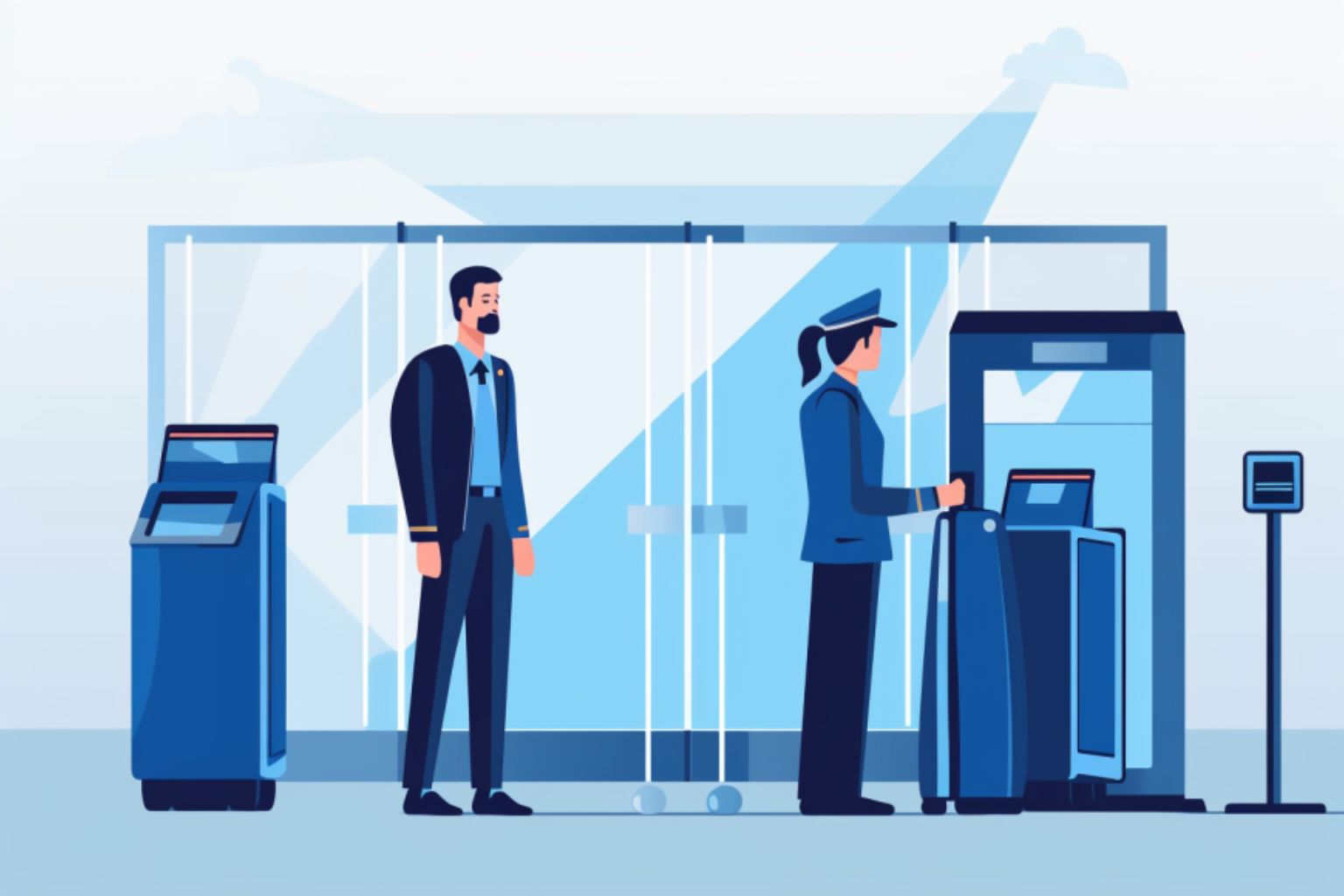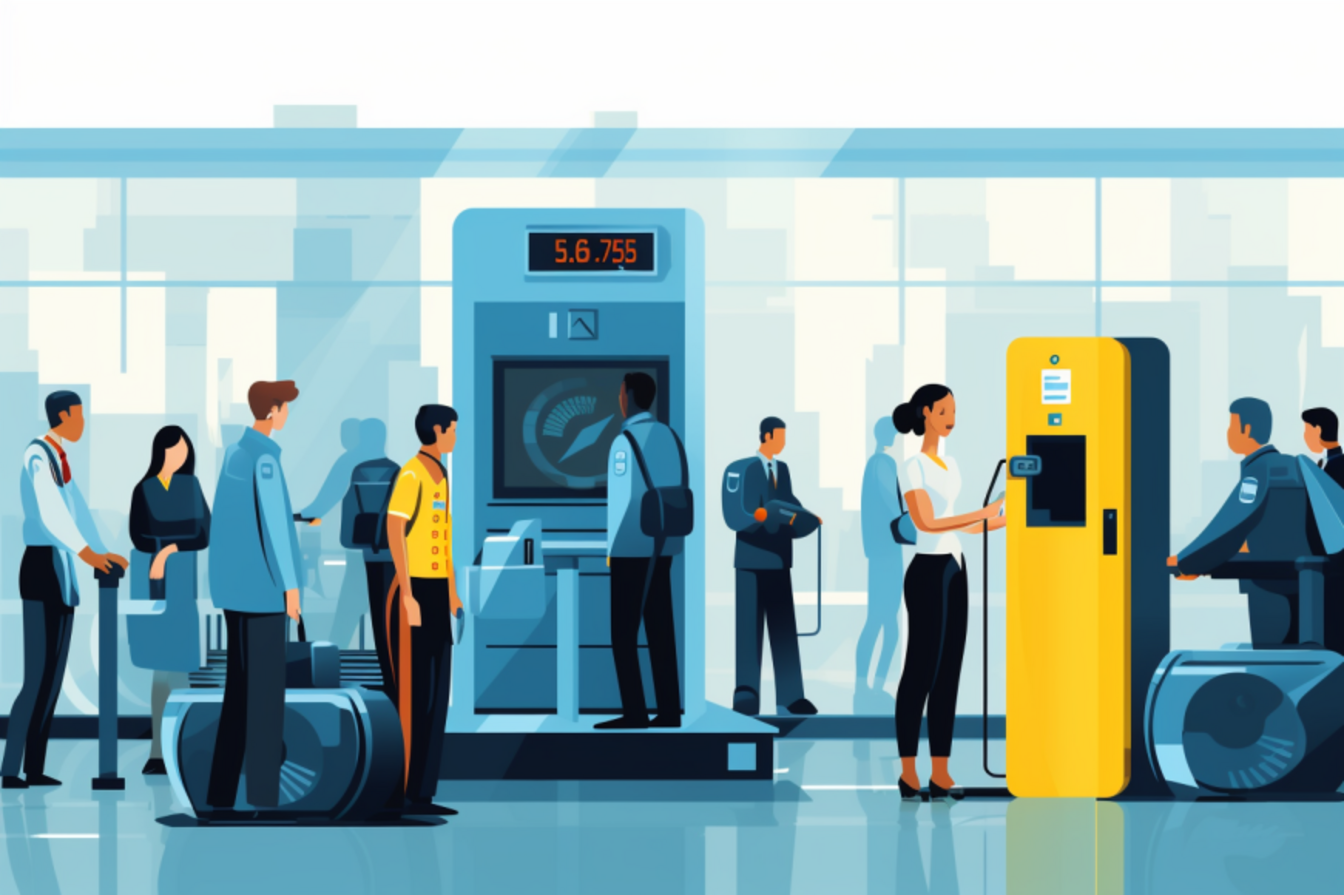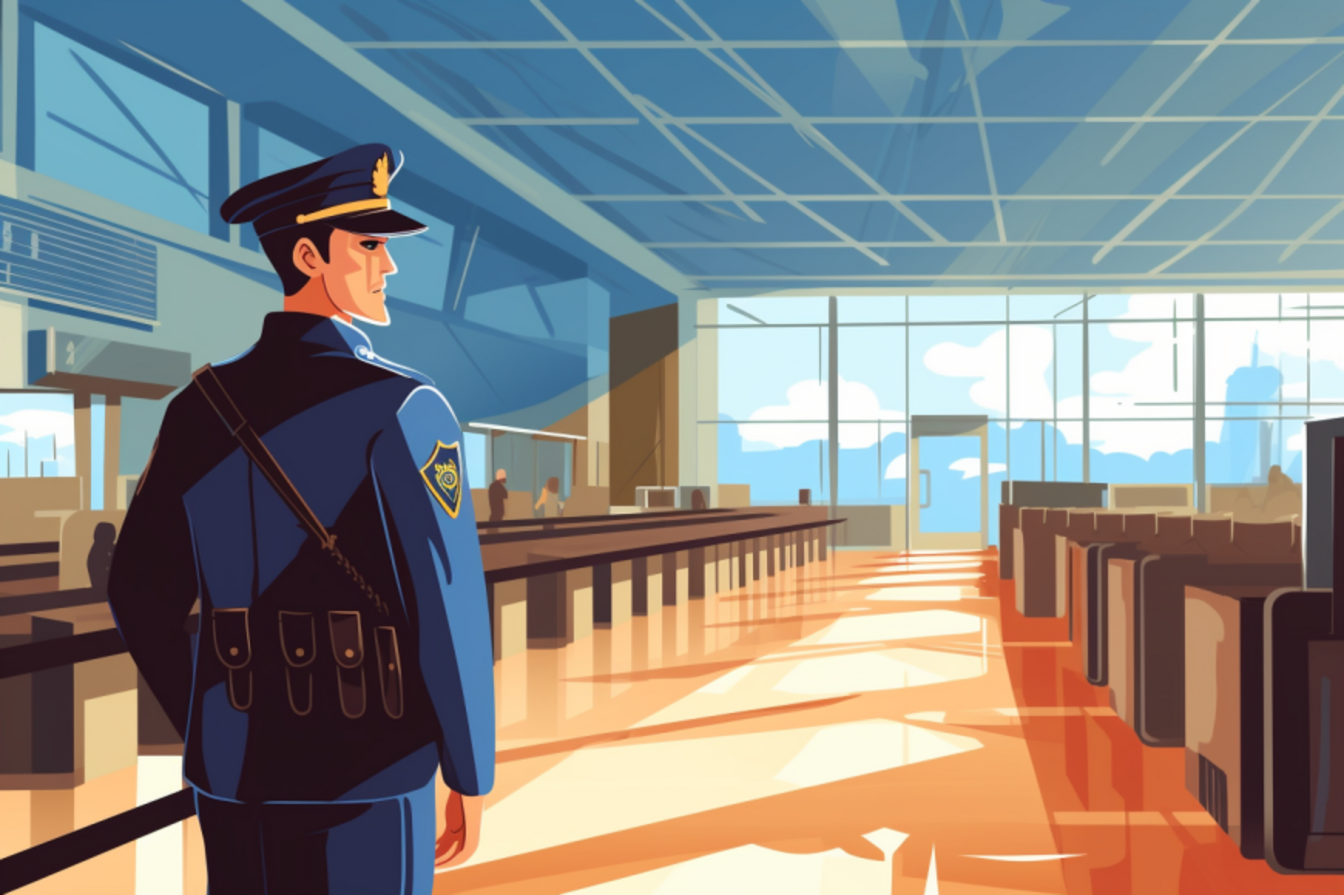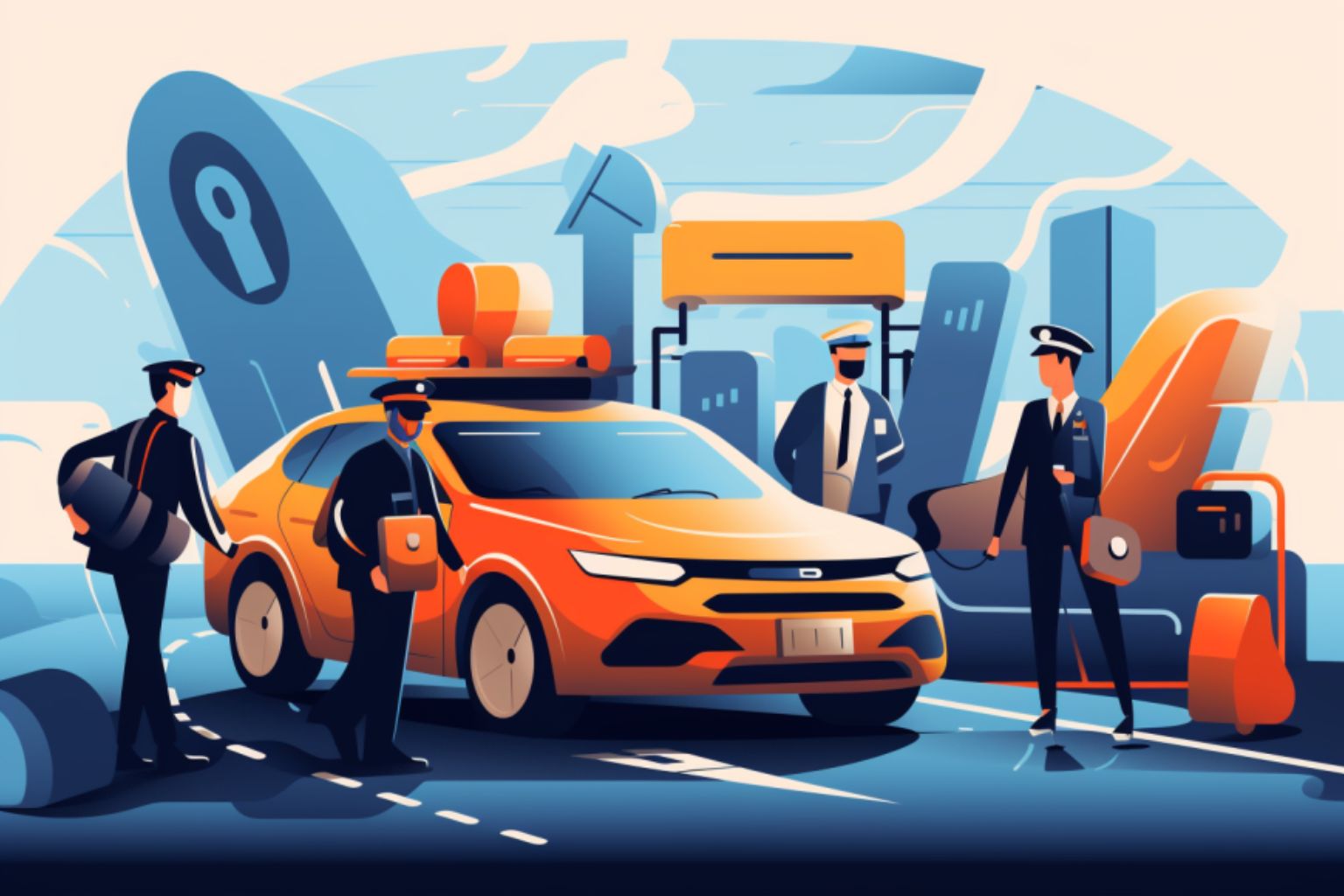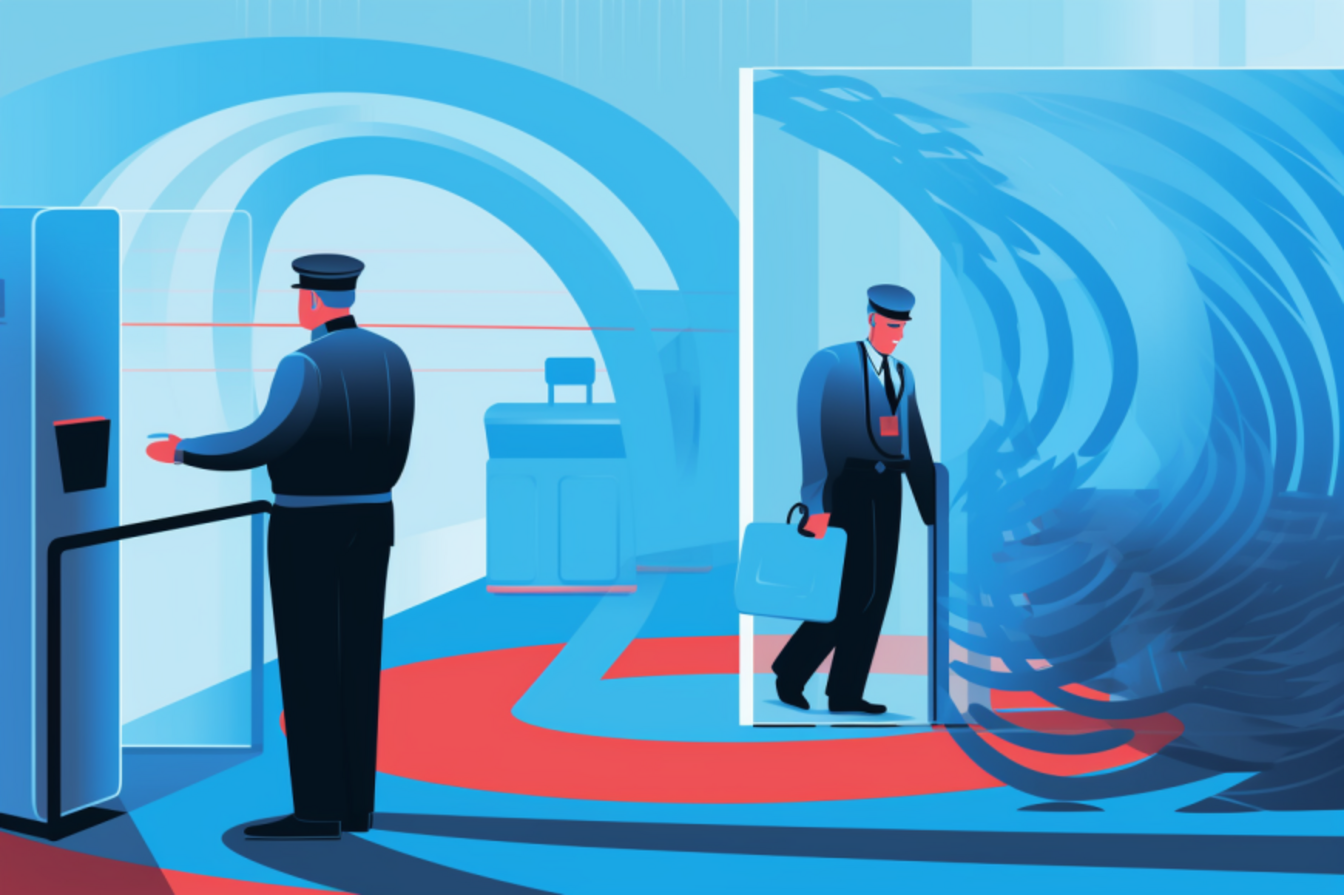If you don’t believe the TSA is doomed after watching yesterday’s House Aviation Subcommittee hearing, then you’ll have to at least agree that the agency as we know can’t continue to exist as it does.
For starters, TSA Administrator John Pistole refused to testify before the committee on the innocuous subject of “common sense” improvements to America’s airport security, reportedly because the committee has no jurisdiction over his agency. (That’s odd — I always thought Congress funded the federal government, but maybe I wasn’t paying attention during government class.)
One by one, panelists took turns excoriating the agency charged with protecting America’s transportation systems. It was clear why Pistole was a no-show. And it had nothing to do with jurisdiction.
The TSA is bureaucratic and dysfunctional
Charles Edwards, the Department of Homeland Security’s acting inspector general, described the TSA as bureaucratic and dysfunctional. Stephen Lord of the Government Accountability Office, suggested the agency was ignoring the thousands of complaints from air travelers. And Kenneth Dunlap, who represented the International Air Transport Association, criticized the current TSA as expensive, inconsistent, and reactive.
“This mushrooming agency has spun out of control,” the committee chairman, John Mica, concluded.
The congressmen present in the hearing agreed with many of the criticisms. But it’s the solutions that would have sent Pistole running for the exits. On the conservative end, critics recommended aggressively reforming the TSA to create a smaller, more responsive agency that fulfills its mission of protecting and serving air travelers.
TSA and enhanced air travel security
But some went much further. Charlie Leocha of the Consumer Travel Alliance said the government should shrink the TSA. And the agency only belongs in airports.
In his testimony, he described a future TSA that more closely resembled the pre-9/11 security system, which used magnetometers (metal detectors) as its primary screening method, had employees that dressed in non-threatening uniforms, and banned only the most dangerous weapons, such as guns and explosives, from aircraft.
A vision for enhanced security
The real security work would take place behind the scenes, prescreening every passenger with the help of technology and through coordination between intelligence agencies, law enforcement, and airlines.
“The mass screening of passengers would be replaced for the great majority of passengers with a Trusted Traveler program that seamlessly checks passengers before they fly, while at the same time being respectful of their privacy,” says Leocha.
You can’t call such an agency the TSA. More like the Airport Security Administration. (Here’s how to handle the TSA when you travel.)
A powerful congressional committee is lining up behind sweeping TSA reform. It’s not a question of if, but when Congress will act to dismantle this $8-billion-a-year security boondoggle.
I’m not just saying that because I’m CTA’s ombudsman and helped devise some of these solutions. Anyone who doesn’t believe the current TSA is a federal disaster area with an impossibly sprawling mandate isn’t in touch with reality.
The TSA as it exists can’t die soon enough.
